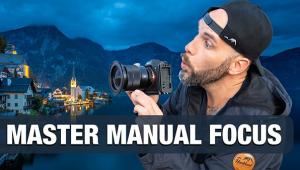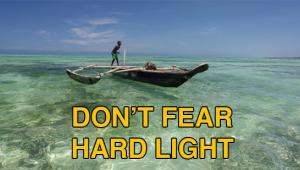These Are the 5 WORST Problems with Using an Ultra-Wide Lens for Landscape Photography

An ultra-wide-angle lens would seem to be a fun tool to use for landscape photography, but it comes with some inherent problems that are hard to avoid, explains landscape pro Mark Denney in the below video. When Denney switched last year from a Sony full frame camera system to a Fujifilm crop sensor camera, he ended up buying a Fujifilm 8-16mm lens, which is the equivalent to a 12-24mm lens.
Denney's been using this ultra-wide lens for the past six month and while the image quality is fantastic, he's "noticed a few notable challenges that comes with using an ultra-wide-angle lens for landscape photography." In the video below, he explains what they are, so you know in advance if you're thinking about going ultra-wide.
"Out of all the focal lengths and lenses I've used for landscape photography over the years, I must say that an ultra-wide angle is perhaps the most difficult lens or focal length that I've ever used," Denney admits. "I've found myself however in quite a few situations where having this additional wide angle perspective has come in handy, but there has been quite a few situations that I've come across that has forced me to think differently from a compositional perspective."
Here are the five worst problems with using an ultra-wide lens in landscape photography:
#1 Weather Dependent
#2 Scene Stretching
#3 The Add-Ons
#4 Crowded Comps
#5 Smear Effect
Check out the video below where Denney explains these problems and some ways to get around them when shooting landscapes with an ultra-wide lens. Then hop over to his channel and click the subscribe button to get all of his content.













































